 Everybody who was anybody was fair game in Harrison's Hollywood. 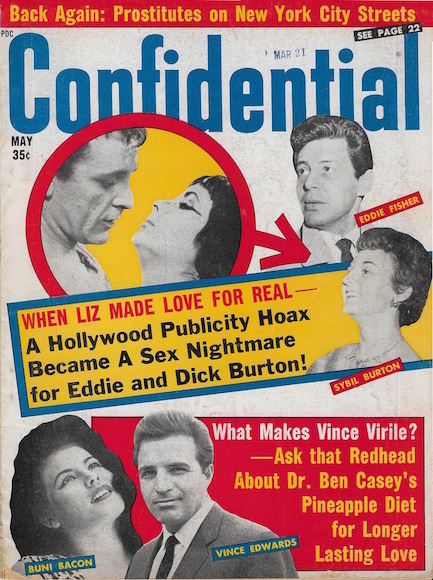
In independent journalism there's a battle raging at all times, as those with power attempt to intimidate the press, make its work difficult, control its narrative, restrict its access, redefine what constitutes journalism, or even cast individual members of the press as public enemies. It's a battle that never ends. Confidential magazine was an important soldier on the journalistic battlefield. For ages anything that appeared in Hollywood gossip magazines was carefully crafted and groomed by the studios, which maintained power by denying access to all but officially accredited press outlets. Maverick publisher Robert Harrison was a visionary who realized the public would open their wallets and pay for the lurid truth—even if the rush to get startling scoops meant the truth was sometimes only half-correct. Confidential appeared in 1952, and had the studios quivering in their boots by 1954. The issue you see here came later, this month in 1963, in what is acknowledged as the magazine's later, tamer period, a defanging that came about thanks to numerous lawsuits launched by Hollywood stars, backed by powerful California politicians.
Confidential still managed to entertain, even if its stories were of a less invasive nature than before. But notwithstanding the new rules of engagement, some targets received particularly scathing treatment. Liz Taylor and Richard Burton were among them. The magazine says their legendary affair on the set of Cleopatra began as a studio publicity stunt, which backfired when Taylor actually fell for Burton—and into his bed. That may be true, but failure can be relative. On one hand Taylor's squeaky clean image was ruined forever, but on the other the story of her affair generated immense amounts of free press for Cleopatra. Other celebs who get cooked on the rotisserie include Joan Collins, Anthony Newley, Rex Harrison, Vince Edwards, and pioneering trans entertainer Christine Jorgensen. The magazine also tackled the issue of street prostitution in New York City and an epidemic of glue sniffing among American teens. We have a set of scans below and—stop us if you've heard this before—an entire tabloid index with thirty more posts about Confidential, to be found here. 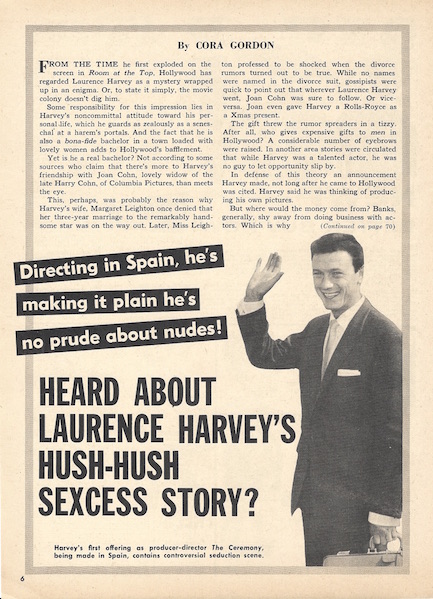 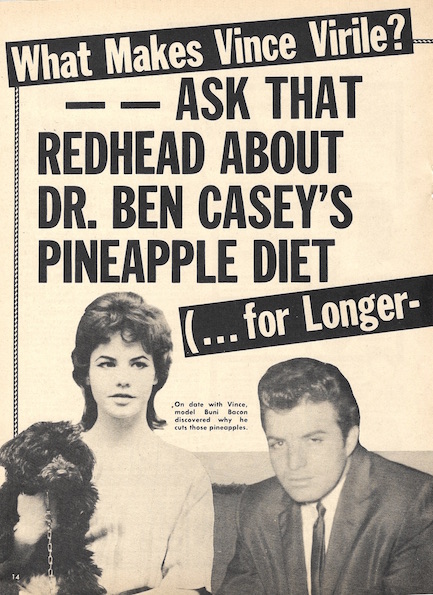 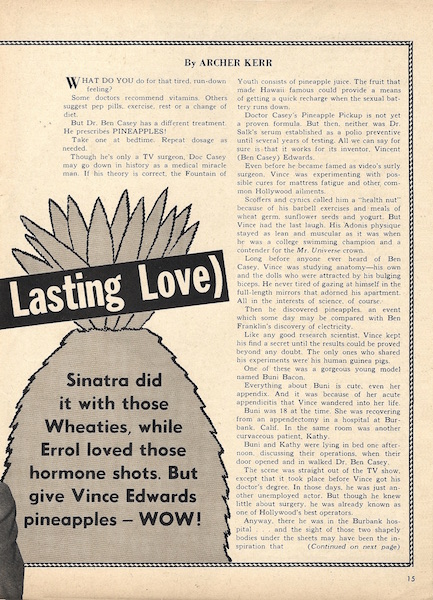 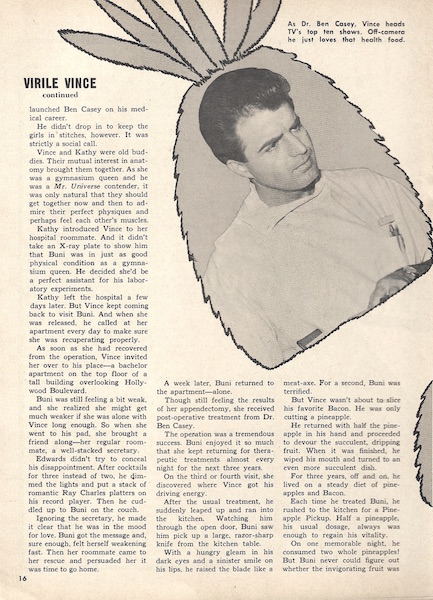 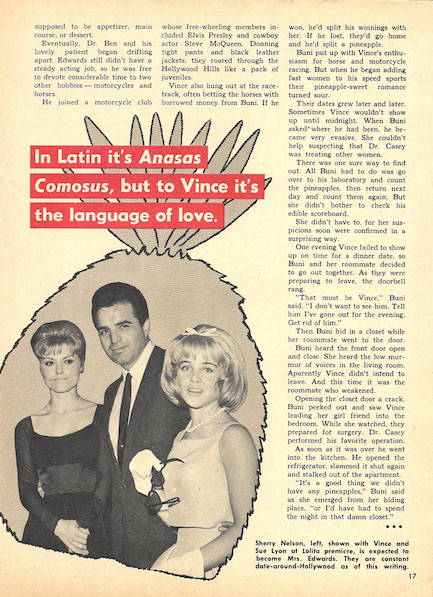 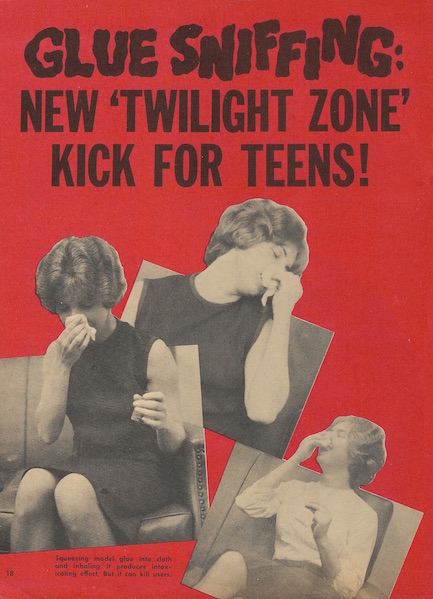 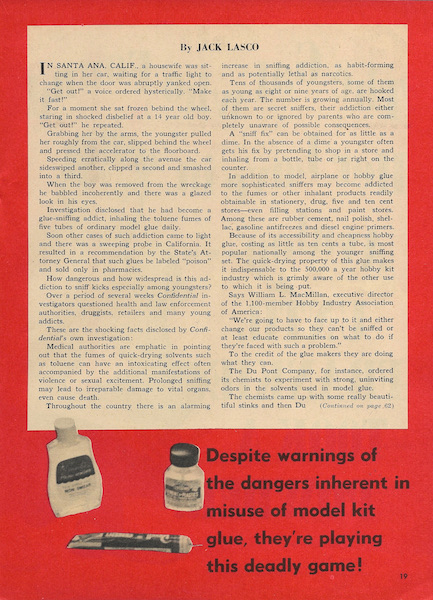 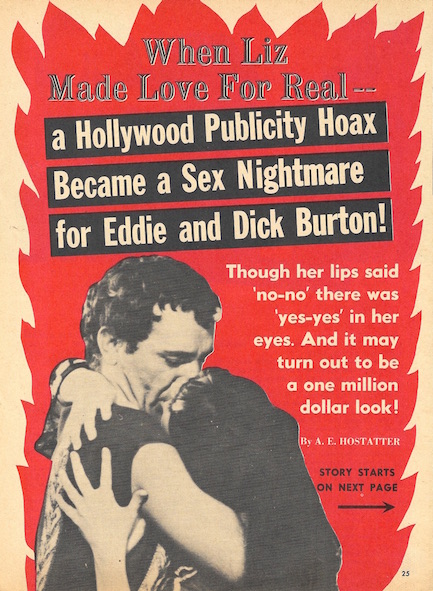 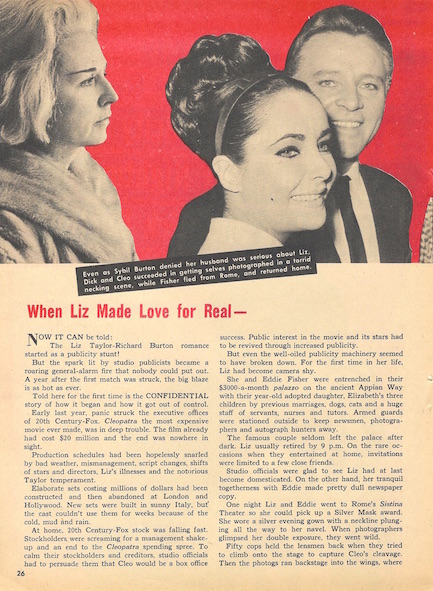 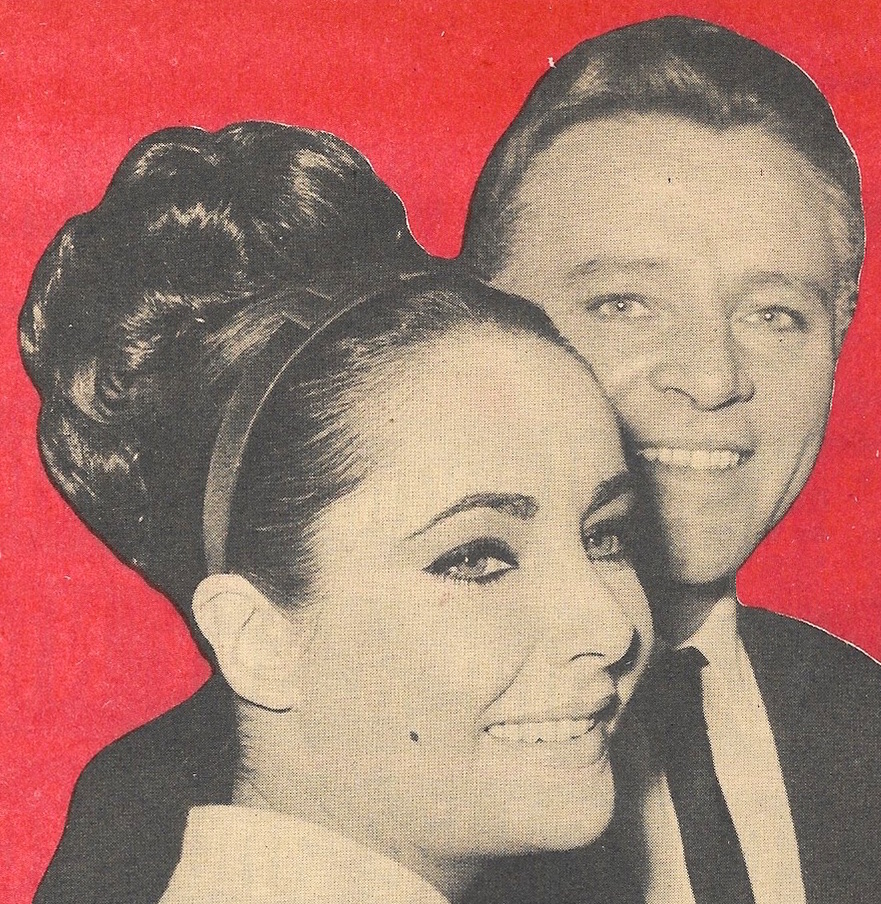 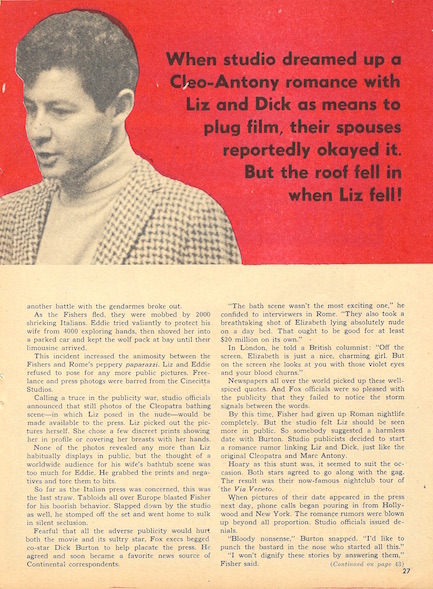 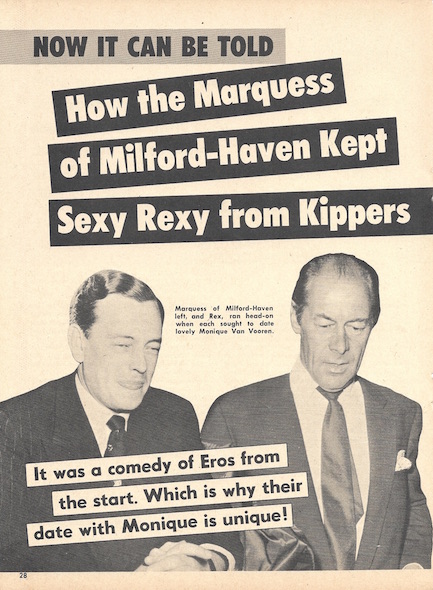 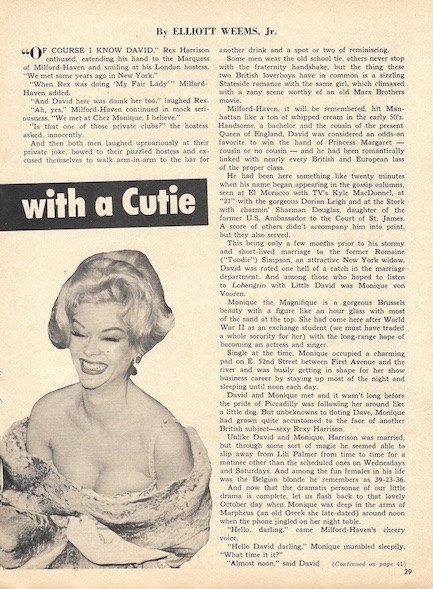 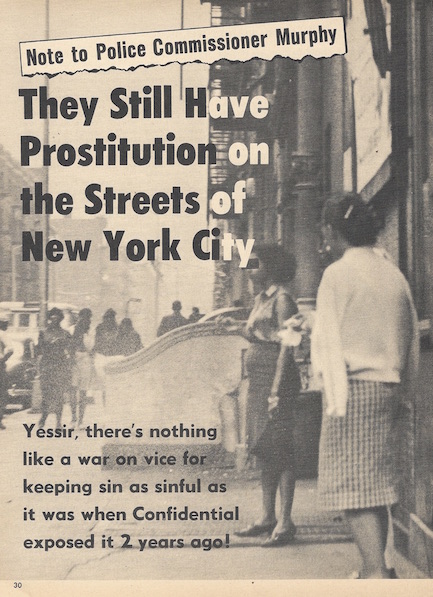 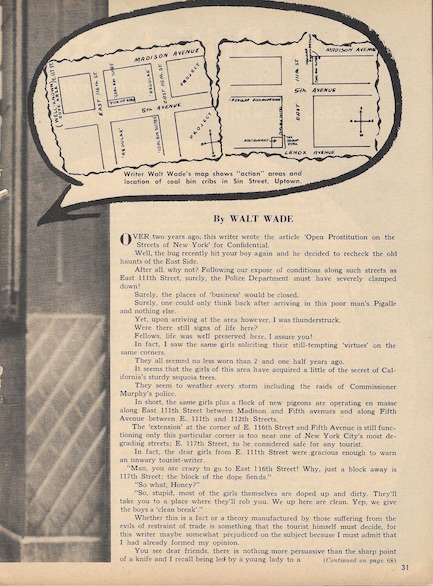 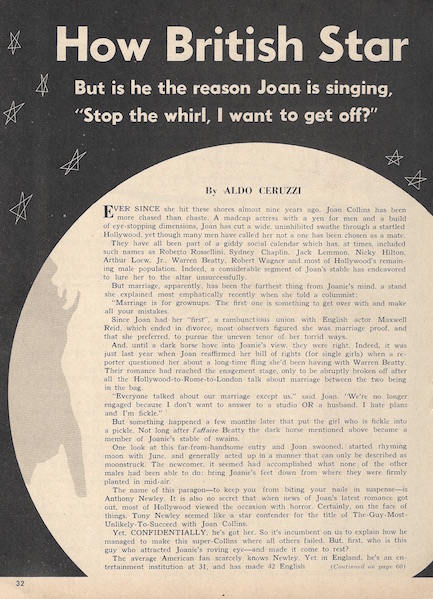 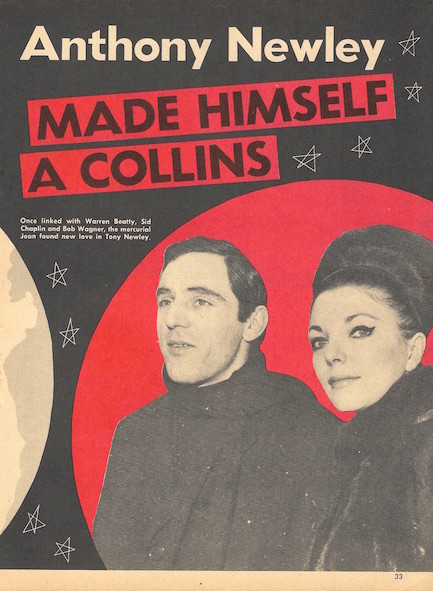 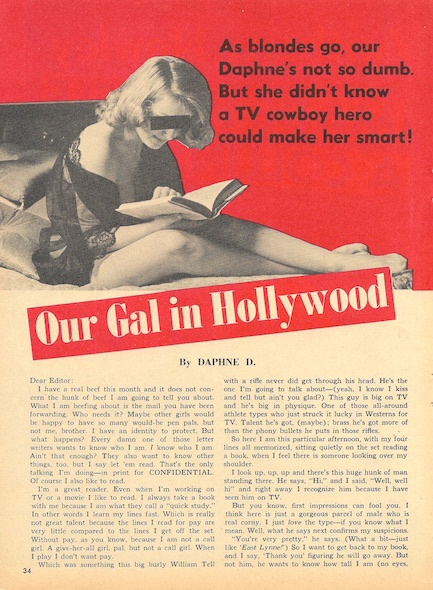 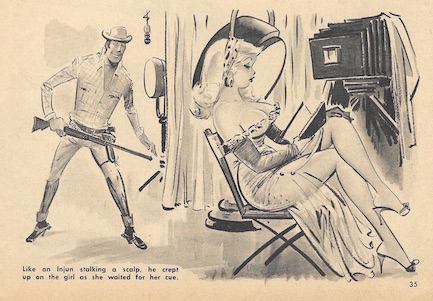 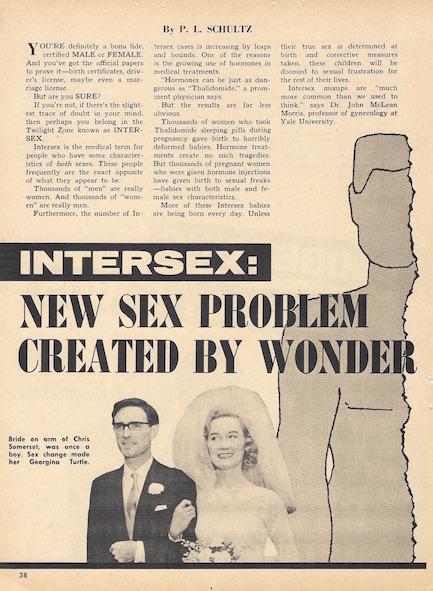 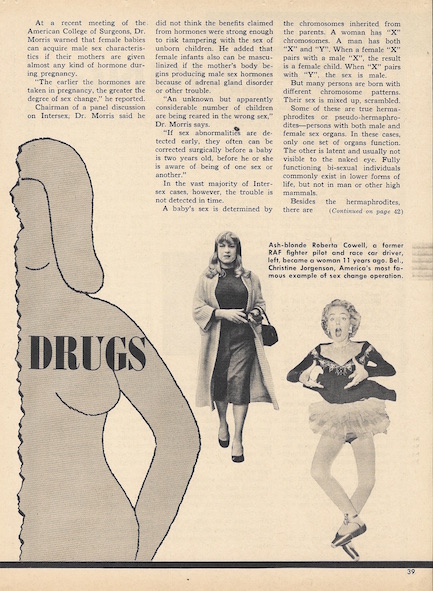 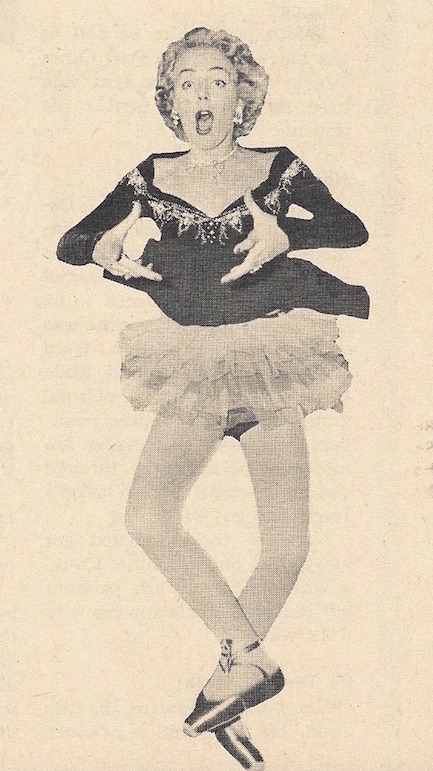 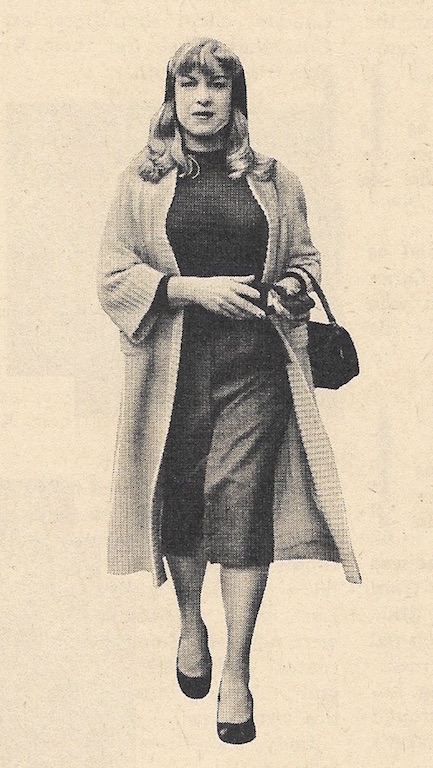 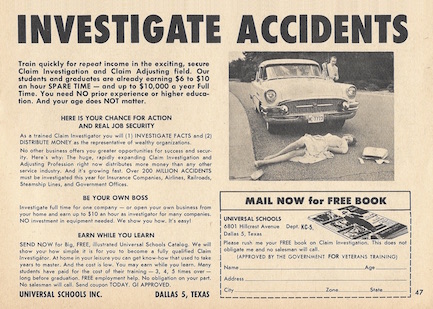 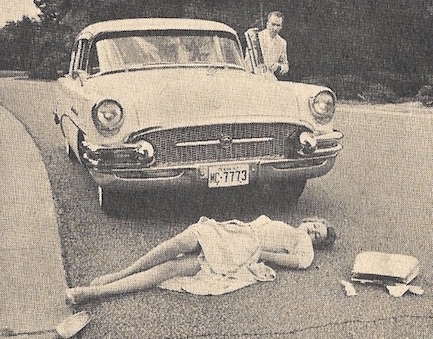
 One of Rome's foremost celeb photographers gives On the Q.T. the lowdown on his profession. 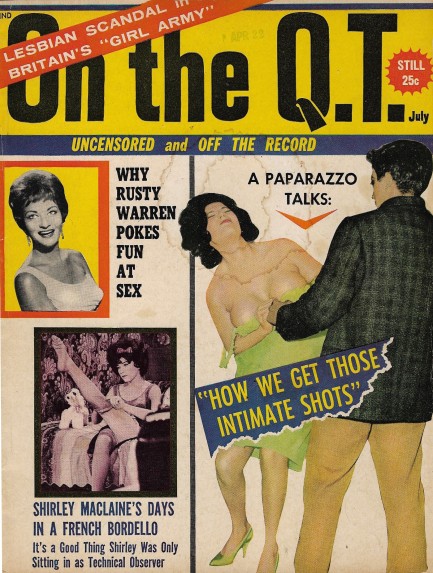
We managed to buy this issue of On the Q.T. published in July 1963 for seven dollars, which is about the range we prefer for a tabloid that's often overpriced. Inside we found Shirley MacLaine, Melina Mercouri, Elsa Martinelli, Richard Burton and Liz Taylor. As expected the focus is on Hollywood, but in this issue the piece that jumped out at us was an insider's account of the Italian paparazzi lifestyle written by top paparazzo Vito Canessi. He details his techniques for obtaining photos, his legal obligations, and the lengths some paps go to in getting saleable shots.
One of his examples involves taunting a target into a chase: “When French sexpot Brigitte Bardot and her flame of the moment, actor Sammy Frey, were conducting a sizzling romance which ranged across most of Italy, the paparazzi taunted love-hungry but brave Sammy into chasing them. But unknown to Sammy, his furious foot race was being photographed by other paparazzi behind him. It was a hilarious set of pictures of frail Sam, arms swinging and feet churning, zig-zagging through the streets of Rome...”
But sometimes their tactics backfire. Paparazzo Umberto Spragna, a 260-pound giant, tried to shoot photos of the married Burt Lancaster walking in Rome with Italian starlet Beatrice Altariba. “The big photog didn't know it, but Lancaster is quite a man himself. He found himself flying through the air, his camera smashed, and a furious Lancaster punching him liberally. The paparazzo fled the scene. Later he sued the actor for assault. Lancaster simply ignored the action and it was forgotten. That kind of thing gives me cold chills.”
Paparazzi behavior was closely examined—briefly—decades later with the paparazzi-involved death of Princess Diana of Wales. But a look at various celeb videos from recent years reveal the paps to be basically unchanged, as they sometimes taunt celebrities verbally, hoping for photographable retaliation. But one need not feel more than passingly sorry for celebs. Occasional harassment is the price of fame. It may be unpleasant, but it's better than working for a living.
Though paparazzi come under the umbrella of defenders of press rights, with their often malleable ethics they're probably not people you'd have at your dinner table. It often works that way. Rights defenders tend to be either people actually testing the limits of rights, or people negatively affected by forces that would curtail those rights. Either way, they're sometimes outside the social mainstream. But the rights they defend apply to all. Thirty scans below. 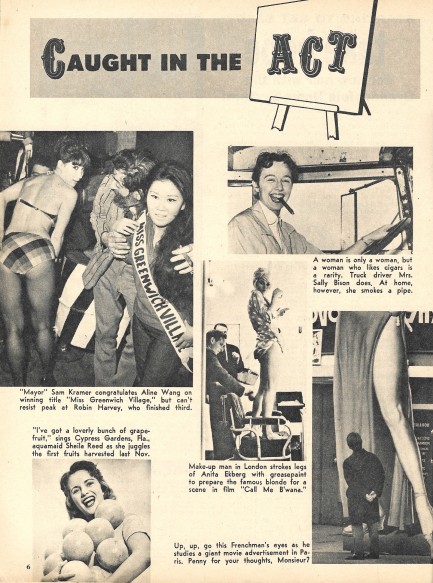 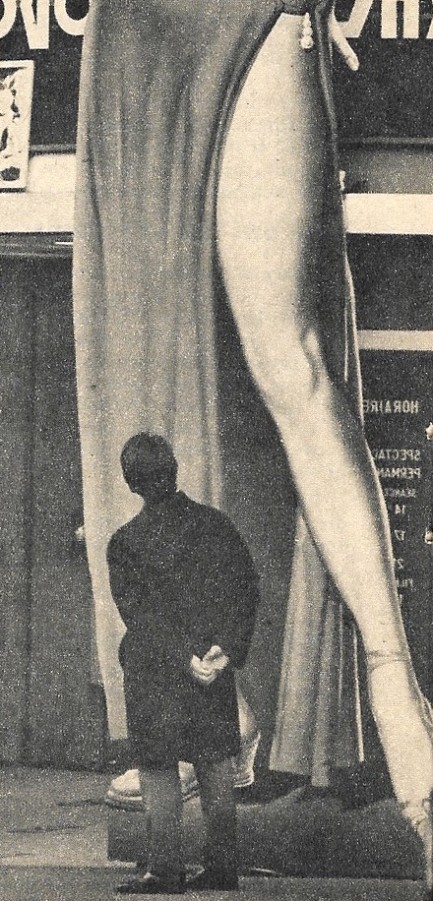 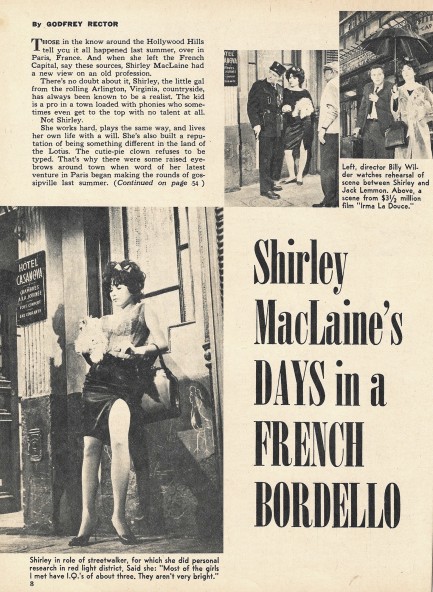 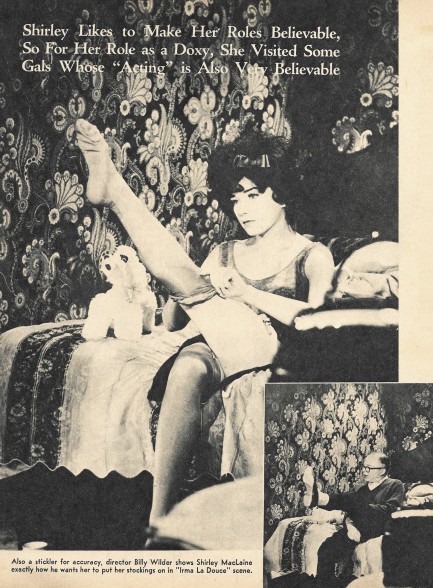 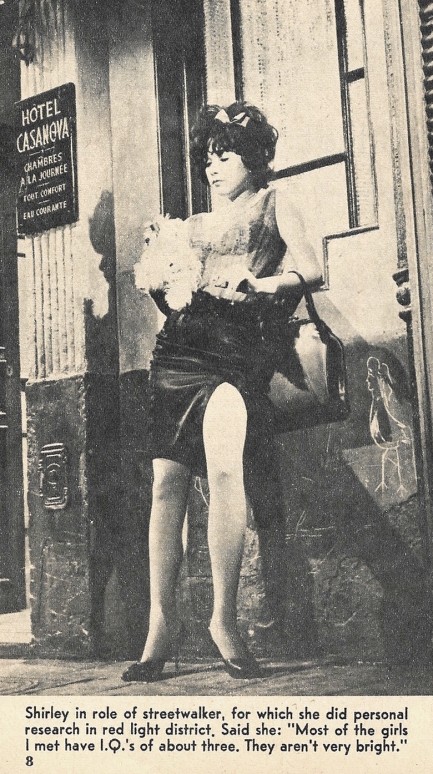 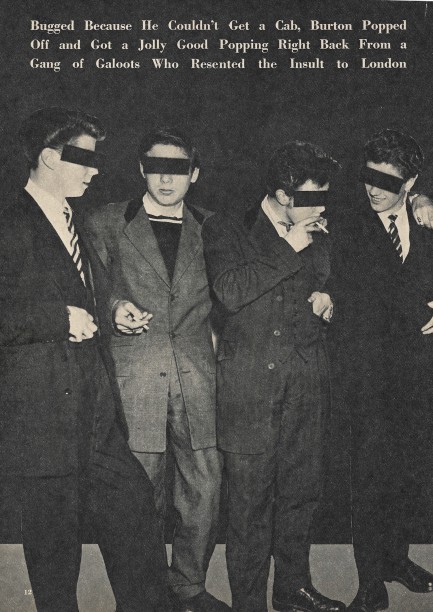 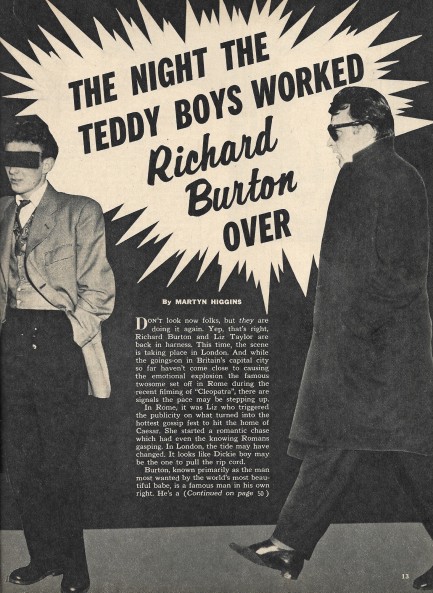 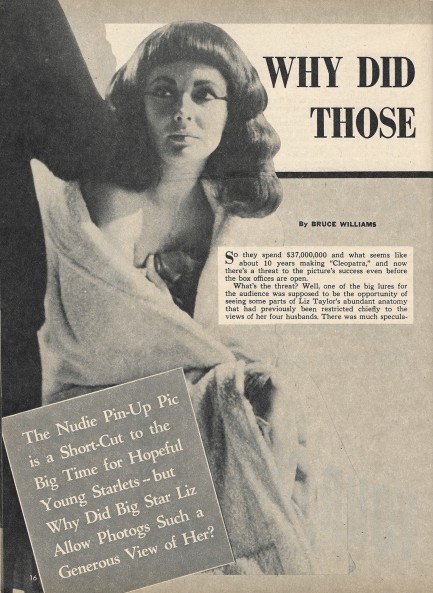 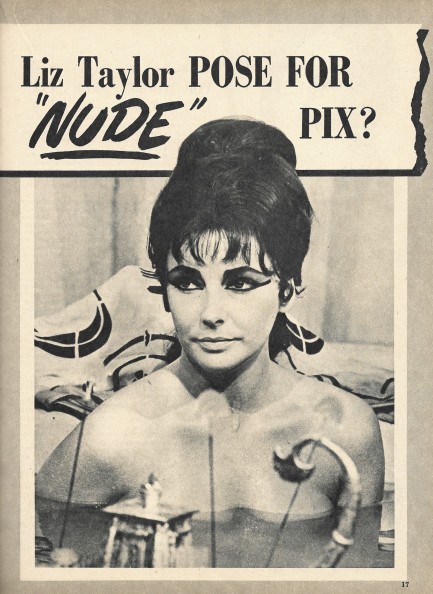 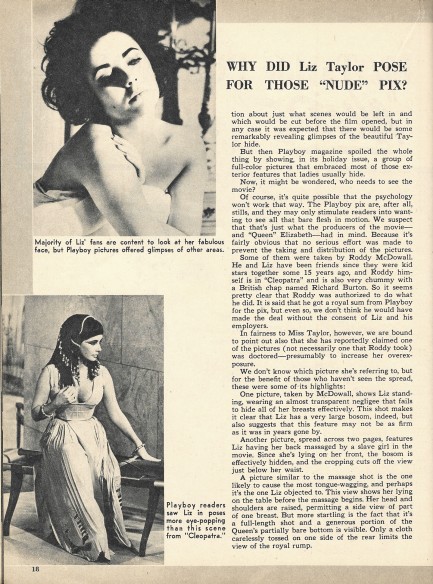 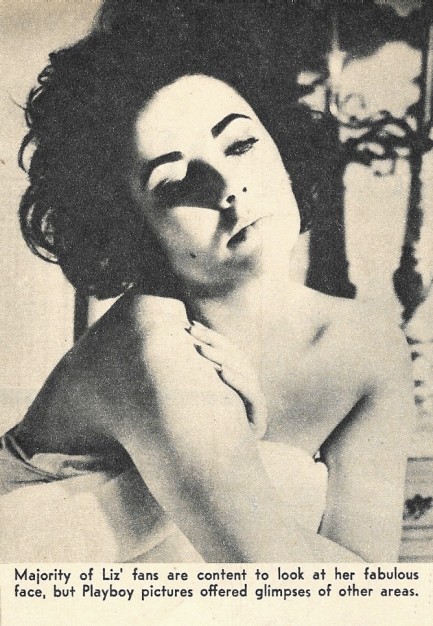 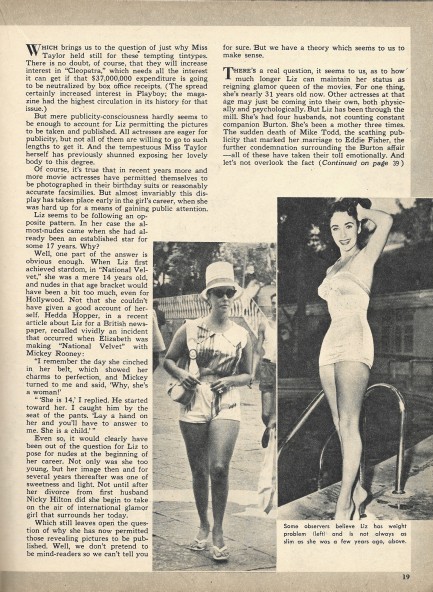 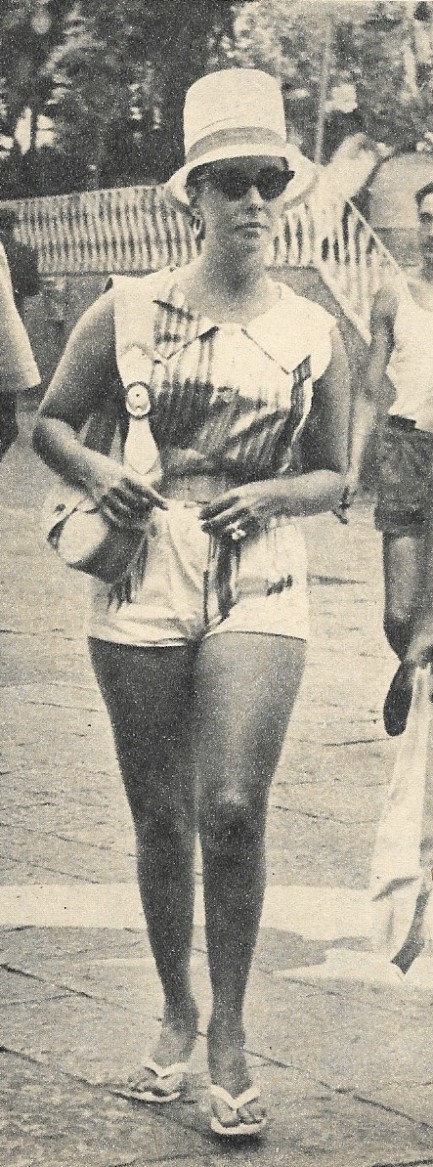 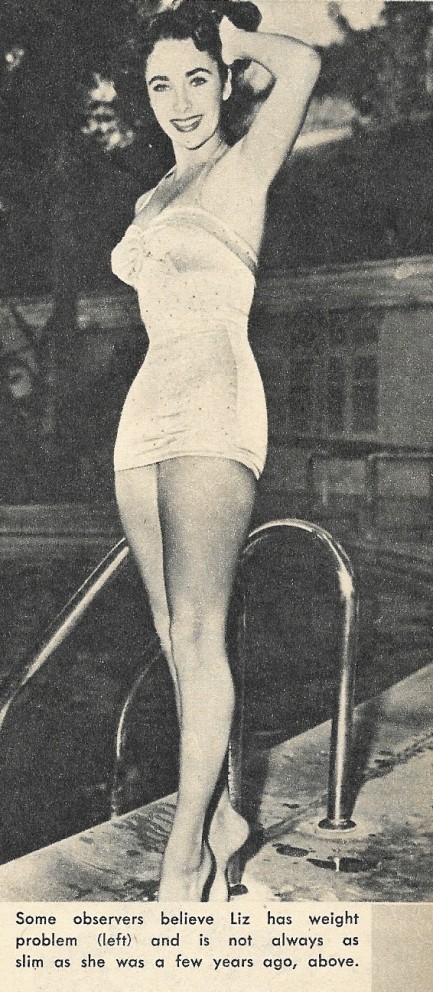 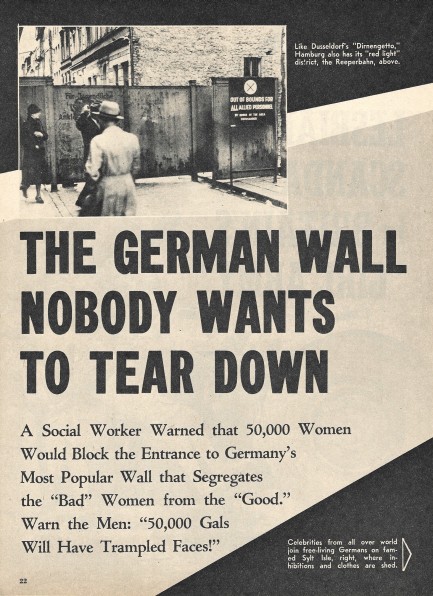 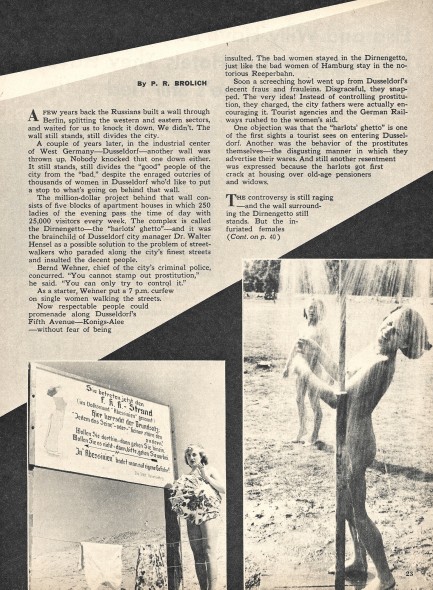 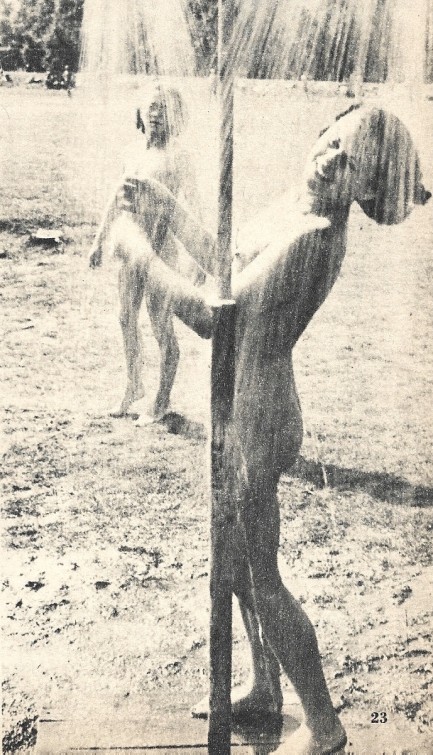 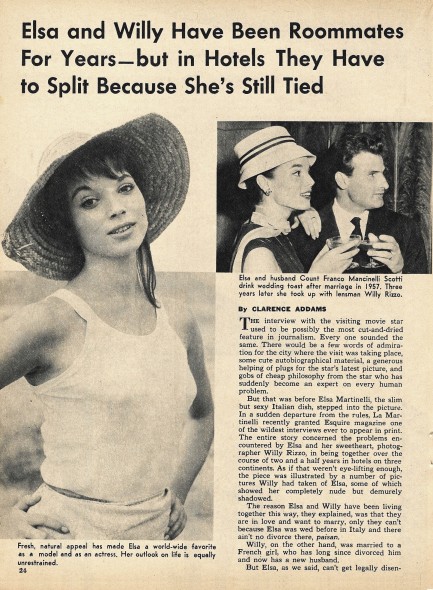 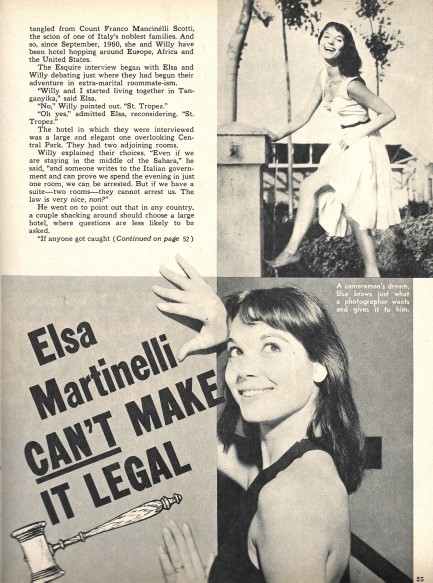 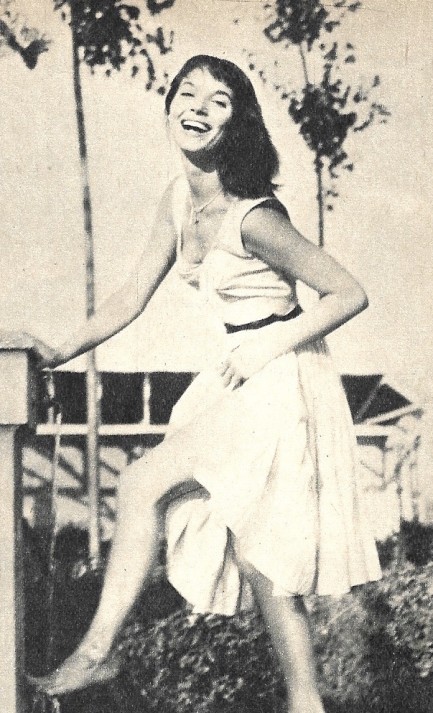 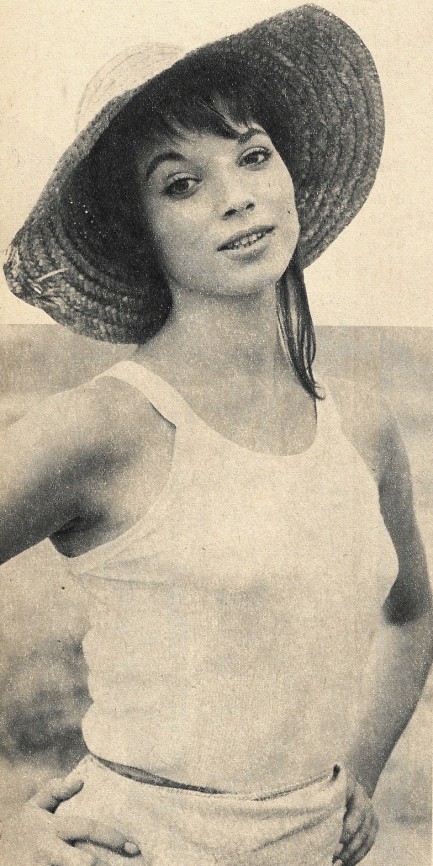 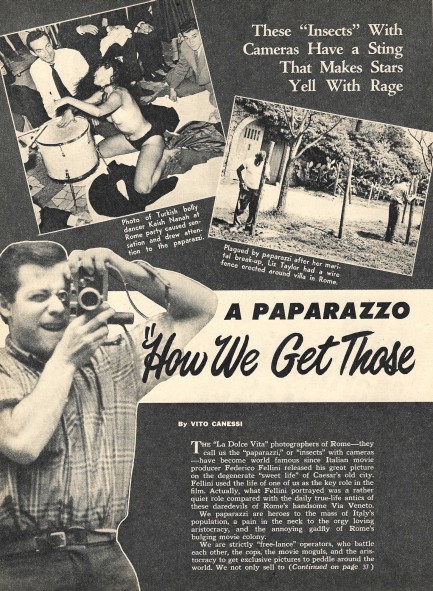 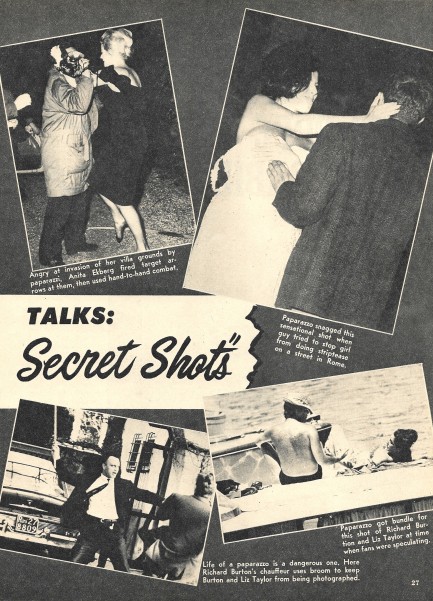 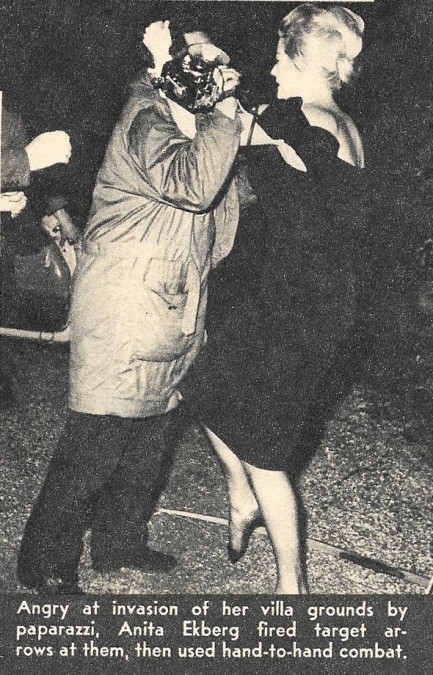 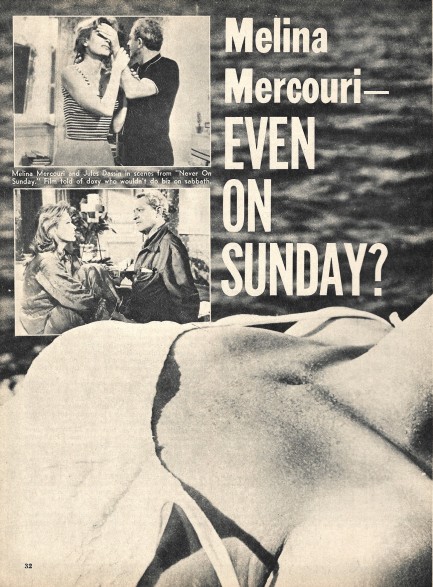 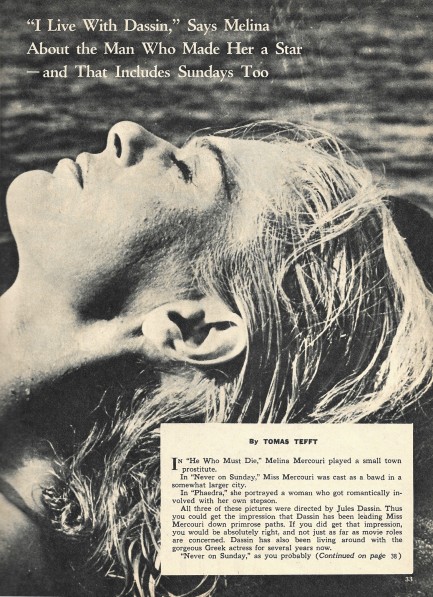 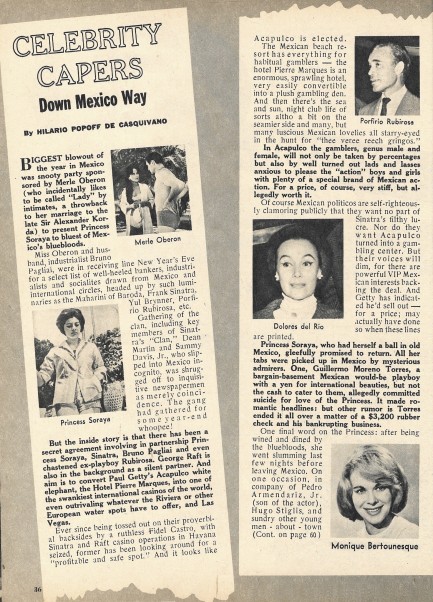 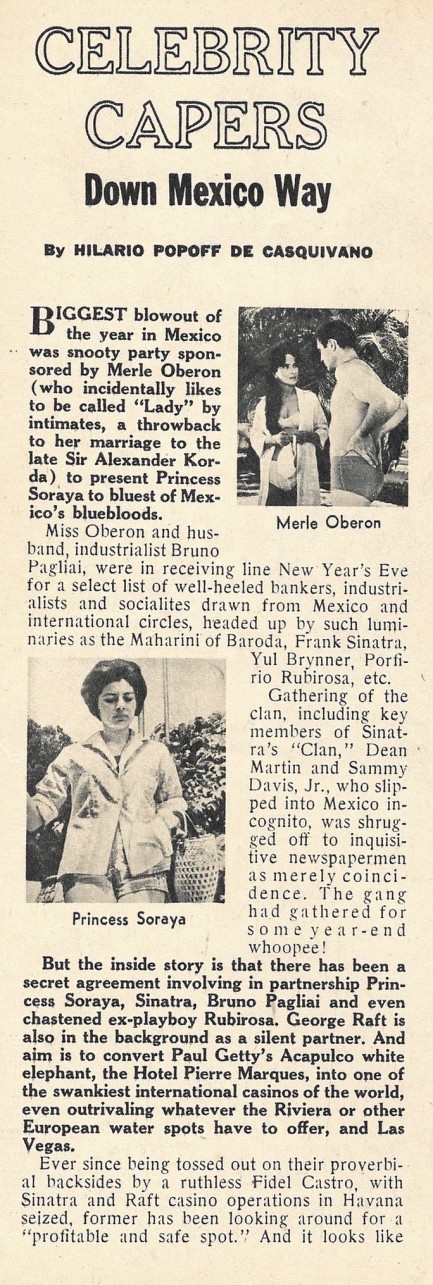 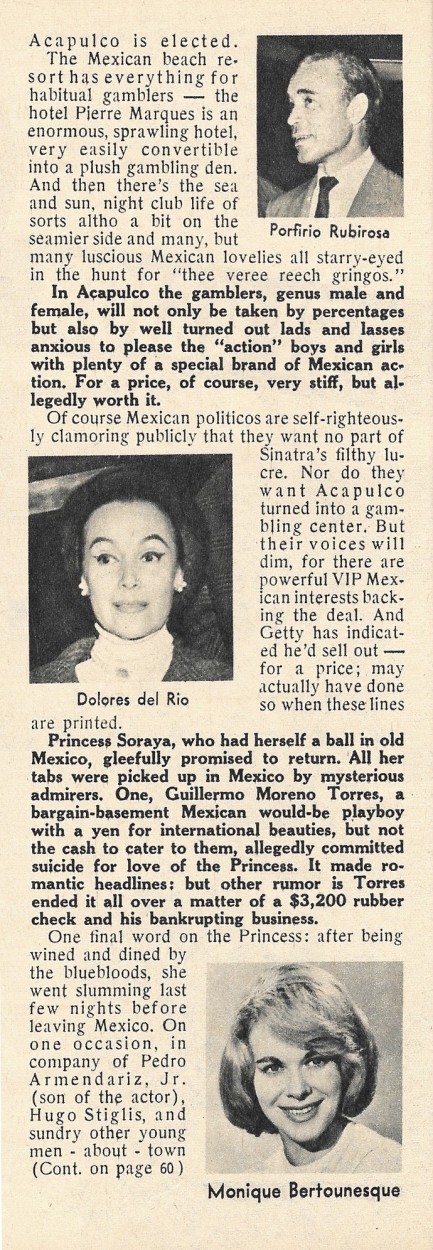
 Paul Hornung was one of the NFL’s greatest players, but he couldn’t outrun the truth. 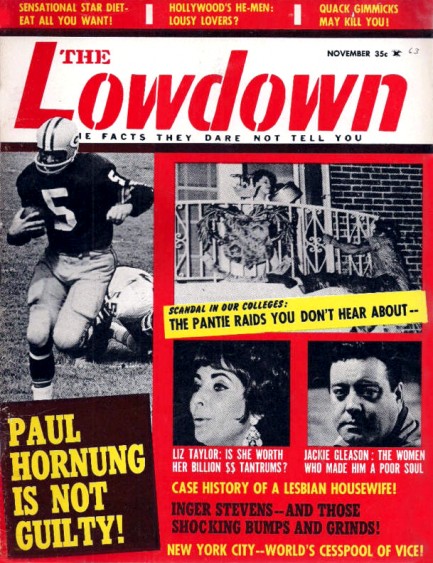
Above is a Lowdown from November 1963, with stories on Liz Taylor, Jackie Gleason, Inger Stevens, and Green Bay Packers football player Paul Hornung, who had gotten into hot water with the NFL. Hornung enjoyed a fast lifestyle, and had gotten to know other fast people, including a gambler named Barney Shapiro who routinely called asking for inside information to facilitate his betting. Pretty soon, Hornung was betting too, up to $500 a game on both the pros and college. When NFL commissioner Pete Rozelle found out, he suspended Hornung for the 1963 season, which is about when Lowdown weighs in with their “not guilty!” claim. But Lowdown was wrong—Hornung was guilty, and he admitted it. The revelation was a stunner, and became a story so big that ESPN recently rated it the second most shocking sports scandal of all time, surpassed only by the O.J. Simpson murder trial. But Hornung had one thing going for him—he was beloved by football fans. Eager to forgive, they did exactly that when he repented. Convinced of his sincerity, the NFL reinstated Hornung for the 1964 season, and he continued a career that would end in the Hall of Fame.
|
 |

The headlines that mattered yesteryear.
2003—Hope Dies
Film legend Bob Hope dies of pneumonia two months after celebrating his 100th birthday. 1945—Churchill Given the Sack
In spite of admiring Winston Churchill as a great wartime leader, Britons elect
Clement Attlee the nation's new prime minister in a sweeping victory for the Labour Party over the Conservatives. 1952—Evita Peron Dies
Eva Duarte de Peron, aka Evita, wife of the president of the Argentine Republic, dies from cancer at age 33. Evita had brought the working classes into a position of political power never witnessed before, but was hated by the nation's powerful military class. She is lain to rest in Milan, Italy in a secret grave under a nun's name, but is eventually returned to Argentina for reburial beside her husband in 1974. 1943—Mussolini Calls It Quits
Italian dictator Benito Mussolini steps down as head of the armed forces and the government. It soon becomes clear that Il Duce did not relinquish power voluntarily, but was forced to resign after former Fascist colleagues turned against him. He is later installed by Germany as leader of the Italian Social Republic in the north of the country, but is killed by partisans in 1945.
|

|
|

It's easy. We have an uploader that makes it a snap. Use it to submit your art, text, header, and subhead. Your post can be funny, serious, or anything in between, as long as it's vintage pulp. You'll get a byline and experience the fleeting pride of free authorship. We'll edit your post for typos, but the rest is up to you. Click here to give us your best shot.

|
|
































































































































